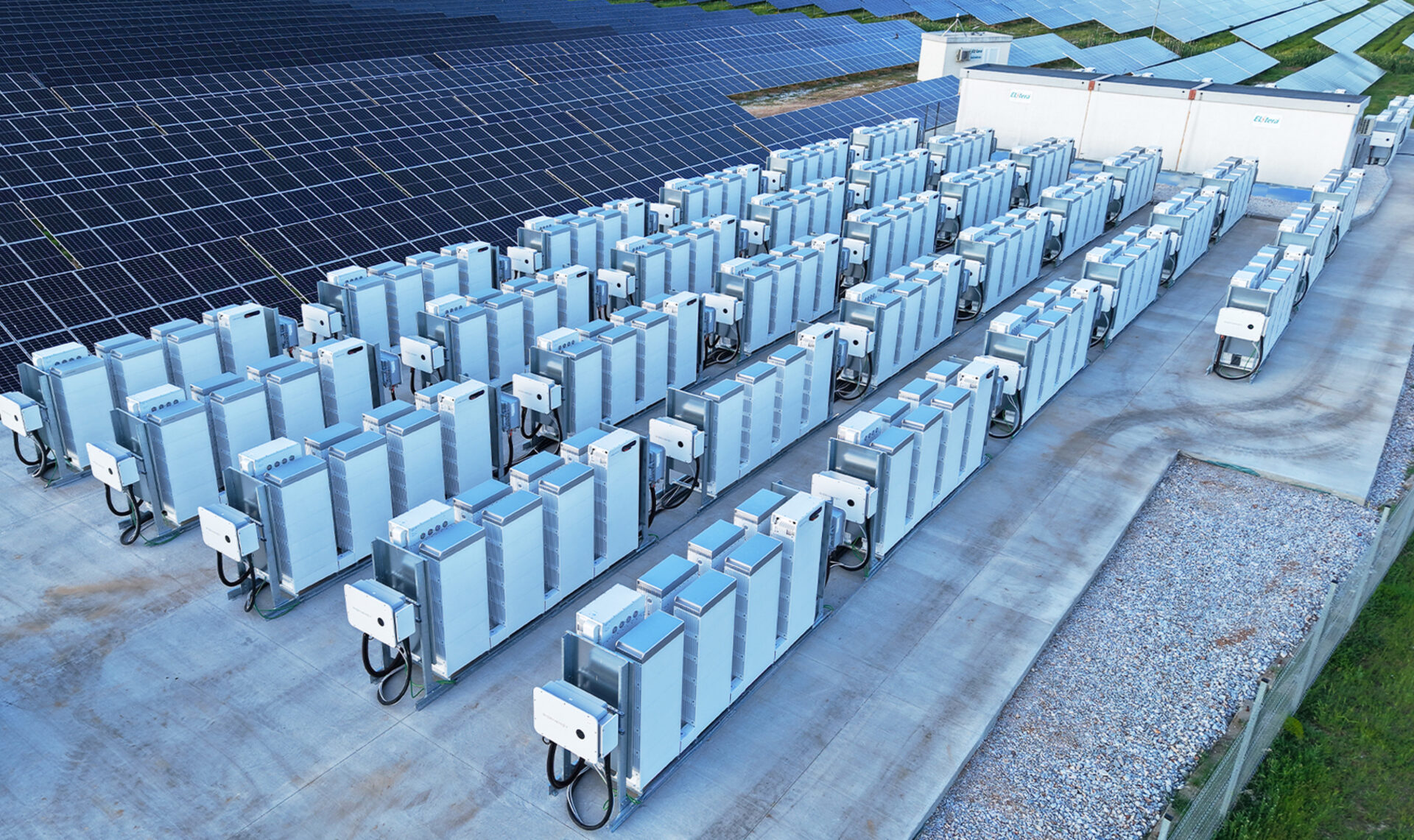Major international industry events are an opportunity to meet with solar experts who have insights into different parts across the solar value chain.
With prices for PV panels continuing to remain low and vast overproduction in the manufacturing segment, from polysilicon through to wafer, cell and module, the implications of this difficult time for solar producers was a major topic of discussion at The smarter E Europe in Munich earlier this month.
I was given the opportunity to record four video interviews for pv magazine global at the event to discuss price dynamics and how they are impacting manufacturers. And the four solar industry insiders I spoke to each brought very different perspectives.
"Back contact can be the ultimate solution for single junction cells."
Dennis She, Senior VP of Global Sales and Marketing - Longi Solar
From the standpoint of the manufacturers, Dennis She from Longi Solar was keen to emphasize how the company is continuing to invest in R&D and roll out new, high efficiency products, as a way to differentiate and capture higher prices.
She said that back-contact technology can be “commercialized at low cost,” making it a good fit for the current market conditions. Longi is currently adding 15 GW of back-contact manufacturing capacity, with plans to expand that to 40 GW by 2025 – including what She described as the “next generation of ‘BC’ technology".
"It is interesting that at the most difficult time, you will see the most variety of technology offerings in this market."
Helena Li, Executive President - Trina Solar
Helena Li also spoke of Trina’s long track record of pioneering n-type technology, including TOPCon – which is now the predominate cell format in mass production. She also noted that despite the intense competition on price that there is a large variety of cell technologies being pursued by Trina.
“It is interesting to see that at the most difficult time, you will see the most variety of technology offerings in this market,” said Li.
"The polysilicon price has never been below $5/kg, and basically that is below the cost of production for a lot of these companies."
Jenny Chase, Senior Analyst - BloombergNEF
Longi and Trina are both industry giants, and they likely have sufficient financial resources to survive this period of rock-bottom pricing. However, some will not. Jenny Chase, a Senior Analyst with BloombergNEF said that consolidation in the current market conditions is inevitable.
Chase laid the extent of the overcapacity bare in Munich, saying that BloombergNEF believes there is enough polysilicon “to easily make 1.1 TW of solar modules this year.” In terms of installations, the analysts expect 580 GW – making a huge delta between production and installations.
"Now we’re seeing the downwards price pressure really spread across both upstream and downstream.”
Karen Tang, Editorial Director, Europe - OPIS
So, when will there be a return to balance between solar supply and demand and a return to more profitable prices? It’s the billion-dollar question, and one to few had an answer.
Karen Tang from energy price benchmarking service OPIS said that the end to low prices is not yet in sight, and that low prices have spread throughout the solar value chain.
“There’s still some pain to go through and we’re not over the worst of it yet,” said Tang. “In the race to the bottom they [solar manufacturers] are all selling below their cost price, which is a very unhealthy situation for the industry to be in.”




